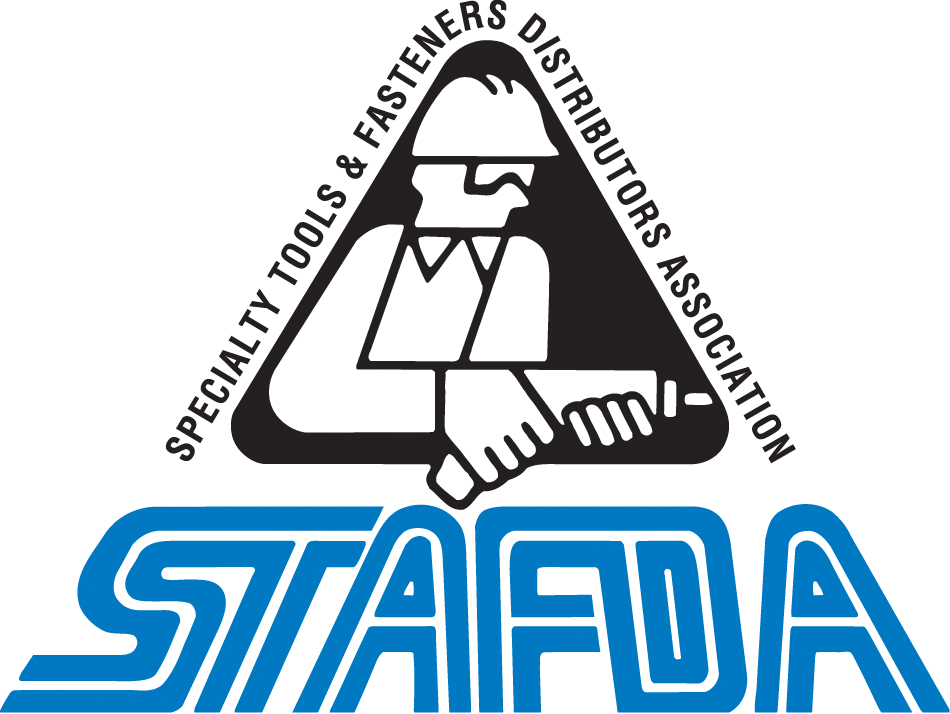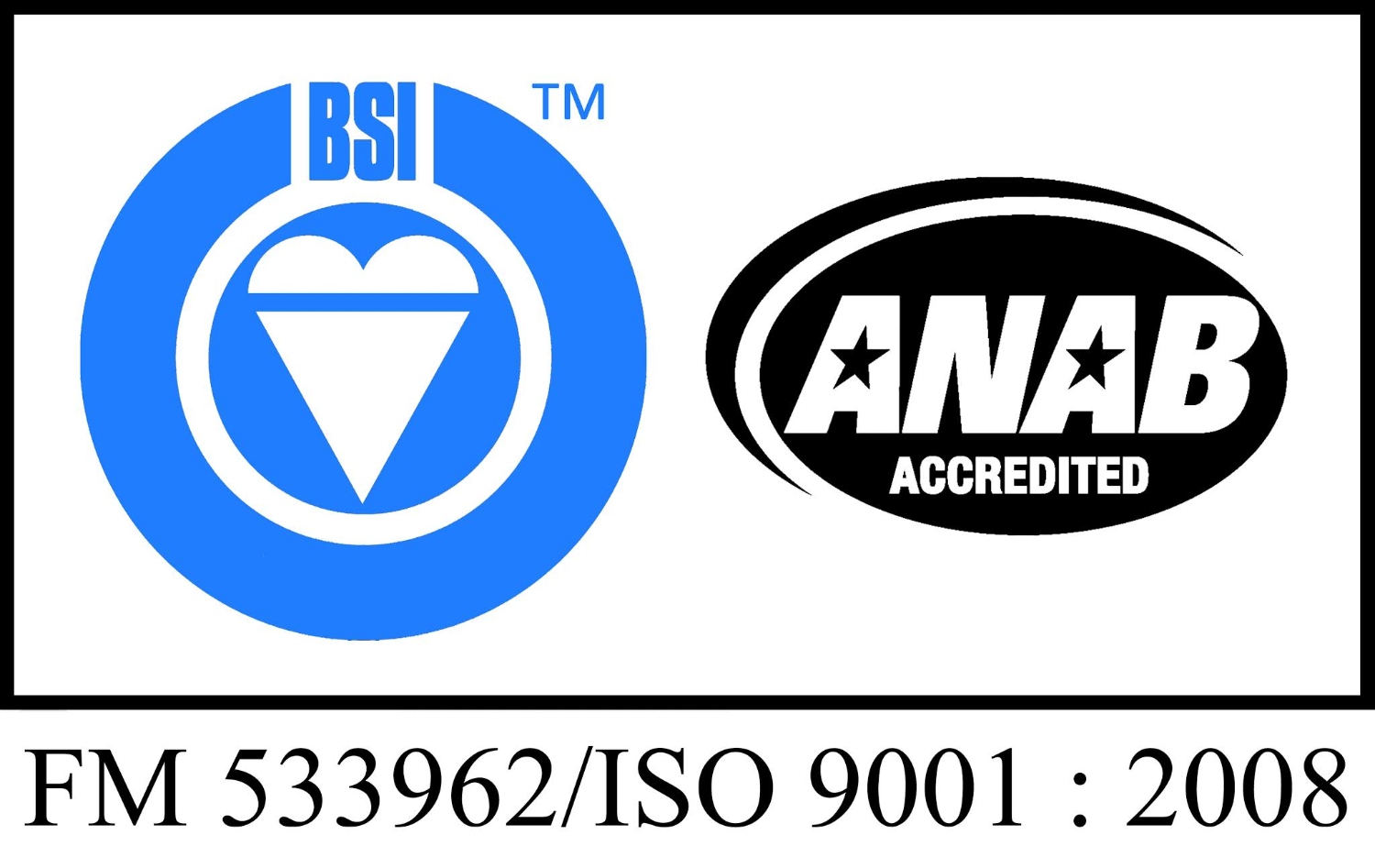In the construction, manufacturing, and agricultural industries, wire products play a crucial role in reinforcing, fastening, and binding materials together. Among these, annealed tie wire stands out as one of the most commonly used and versatile materials due to its superior mechanical properties and practical advantages. Whether it’s used for tying rebar in reinforced concrete, securing fencing, or packaging materials, annealed tie wire combines strength, flexibility, and cost-effectiveness in a single product.
This article explores the mechanical properties, manufacturing process, and key benefits of annealed tie wire, helping you understand why it remains a preferred choice for builders and industrial users worldwide.
MỤC LỤC BÀI VIẾT
1. What Is Annealed Tie Wire?

Annealed tie wire is a low-carbon steel wire that has undergone an annealing process—a controlled heat treatment designed to alter its physical and mechanical properties. The purpose of annealing is to increase ductility and reduce hardness, making the wire more flexible and easier to work with without breaking.
Typically, annealed tie wire is made from mild steel or low-carbon iron wire, which contains a small percentage of carbon (usually between 0.04% and 0.25%). This low carbon content makes the wire easier to draw, bend, and twist.
After the steel wire is drawn to the desired diameter, it is heated to a specific temperature (usually around 700–900°C) and then cooled slowly. This process rearranges the internal structure of the metal, relieving internal stresses caused during drawing and improving its mechanical properties.
The result is a soft, pliable, and durable wire—ideal for tying and binding tasks where both strength and flexibility are required.
2. The Annealing Process Explained
The annealing process is at the heart of what makes annealed tie wire unique. It typically involves three main stages:
Recovery – The wire is heated to a temperature high enough to allow atomic movement, which relieves internal stresses from cold working.
Recrystallization – As the temperature increases, new grains form in the metal’s structure, replacing deformed ones from the drawing process.
Grain Growth – Holding the temperature for a specific duration allows grains to grow, improving the wire’s softness and ductility.
Depending on the manufacturer, annealing can be done using either bright annealing (in a controlled, oxygen-free atmosphere) or black annealing (in a regular furnace, producing a dark surface).
Bright annealed wire has a shiny surface and is often used for decorative or clean applications.
Black annealed wire has a dark, matte finish and is more common in construction and industrial use because it provides better grip and corrosion resistance after coating or oiling.
3. Mechanical Properties of Annealed Tie Wire

The mechanical performance of annealed tie wire is what makes it so useful. Here are the most important mechanical properties:
a. Tensile Strength
Annealed tie wire typically has a tensile strength ranging from 300 to 500 MPa, depending on the wire diameter and steel grade. This moderate strength ensures the wire can hold materials securely without snapping under pressure.
b. Ductility
One of the standout features of annealed wire is its high ductility—it can be bent, twisted, or looped repeatedly without breaking. This makes it perfect for tying rebar in reinforced concrete structures or binding materials in packaging and shipping.
c. Elongation
After annealing, the wire can elongate up to 25–30% before failure, meaning it stretches easily to accommodate movement or vibration without losing its hold.
d. Hardness
Annealing significantly reduces the wire’s hardness, making it soft and easy to manipulate by hand or machine. For example, the hardness level may drop to around 80–120 HV (Vickers Hardness), depending on the steel grade.
e. Corrosion Resistance
While plain annealed wire isn’t inherently corrosion-resistant, it can be galvanized, PVC-coated, or oiled to enhance its protection against rust—especially for outdoor use or in humid environments.
4. Advantages of Annealed Tie Wire

Annealed tie wire offers a range of benefits that make it indispensable across multiple industries. Below are its most notable advantages:
a. Exceptional Workability
Because of its softness and flexibility, annealed tie wire is easy to cut, twist, and form into any desired shape. Workers can tie knots quickly without tools, improving efficiency on construction sites.
b. High Strength-to-Weight Ratio
Despite its flexibility, annealed tie wire maintains considerable strength. This allows it to hold rebar, fencing, or bundled materials tightly without adding unnecessary weight.
c. Cost-Effectiveness
Compared to other fastening materials, annealed tie wire is affordable and reusable. Its production process is simple, and raw materials are inexpensive, making it a cost-effective choice for both small and large projects.
d. Versatility
Annealed tie wire can be used in numerous applications, including:
Tying rebar in concrete construction
Securing fencing or mesh
Bundling pipes, cables, or materials
Agricultural use (binding vines, plants, or bales)
Packaging and shipping industries
Its versatility extends across construction, agriculture, mining, and manufacturing sectors.
e. Compatibility with Coatings
Annealed wire can be coated with zinc (galvanized), PVC, or oil for enhanced corrosion resistance and longer lifespan. Coatings also improve handling comfort and appearance.
f. Safety and Reliability
The annealing process eliminates brittleness, reducing the risk of snapping or breakage during handling. This improves safety for workers and reliability in long-term applications.
5. Common Types of Annealed Tie Wire

There are several types of annealed tie wire available on the market, differentiated by surface finish and coating:
Black Annealed Wire – The most common type, with a dark oxide layer that gives moderate corrosion protection. Ideal for construction and binding.
Bright Annealed Wire – Processed in a non-oxidizing atmosphere, resulting in a shiny, smooth surface for cleaner applications.
Galvanized Annealed Wire – Coated with zinc to prevent rust, suitable for outdoor or marine environments.
PVC-Coated Annealed Wire – Covered in a plastic layer to enhance durability and color options. Common in landscaping and fencing.
6. Applications of Annealed Tie Wire
The flexibility and strength of annealed tie wire make it indispensable in a wide range of applications:
Construction: Tying reinforcement bars (rebar) in concrete structures such as buildings, bridges, and foundations.
Agriculture: Supporting crops, binding hay bales, or creating wire trellises.
Fencing: Fastening wire mesh, chain links, or panels to posts.
Packaging and Logistics: Securing bundled goods for transport or storage.
Handicrafts and Household Use: Making wire frames, hooks, or DIY projects.
Its ability to maintain structural integrity under tension and vibration makes it especially valuable in dynamic environments like construction sites.
7. How to Choose the Right Annealed Tie Wire
When selecting annealed tie wire, consider the following factors:
Wire Gauge / Diameter: Common sizes range from 0.8 mm to 1.6 mm. Thicker wire provides greater strength, while thinner wire offers better flexibility.
Surface Finish: Choose black, bright, or coated wire based on the environment and aesthetic requirements.
Packaging Form: Available in coils, spools, or cut lengths for convenience.
Usage Environment: For outdoor or marine exposure, opt for galvanized or PVC-coated varieties to prevent rust.
Choosing the right combination of diameter, coating, and packaging can optimize performance and reduce project costs.
8. Sustainability and Recycling

Annealed tie wire is also environmentally friendly. It is made from recyclable steel, which can be reprocessed without losing quality. Many manufacturers use recycled materials in production, reducing waste and energy consumption.
Additionally, its long lifespan and reusability make it a sustainable choice for industries aiming to minimize their environmental impact.
9. Conclusion
Annealed tie wire continues to be a cornerstone material in construction, agriculture, and industrial applications because of its perfect balance between strength, ductility, and affordability. Its unique mechanical properties—achieved through the annealing process—make it soft enough for easy handling yet strong enough to hold components securely.
Whether used for tying rebar, securing fencing, or bundling materials, annealed tie wire offers reliability, versatility, and cost-effectiveness unmatched by most alternatives. With proper selection of wire type and coating, it can perform efficiently in almost any environment, ensuring long-lasting results and smooth operation on every project.
Contact information
UNITED NAIL PRODUCTS CO., LTD
Address: 16A8, Tra Noc Industrial Zone 1, Tra Noc Ward, Binh Thuy District, Can Tho City, VietNam
Phone: (+84) 986 831838; (+84) 292 242165
Email: sales5@unitednail.com
Thank you for reading this article, hope the information is useful to you.






